Bang and Olufsen brings the classic turntable back to life
The Danish brand are reviving the iconic Beogram 4000 turntable as part of an ongoing restoration programme
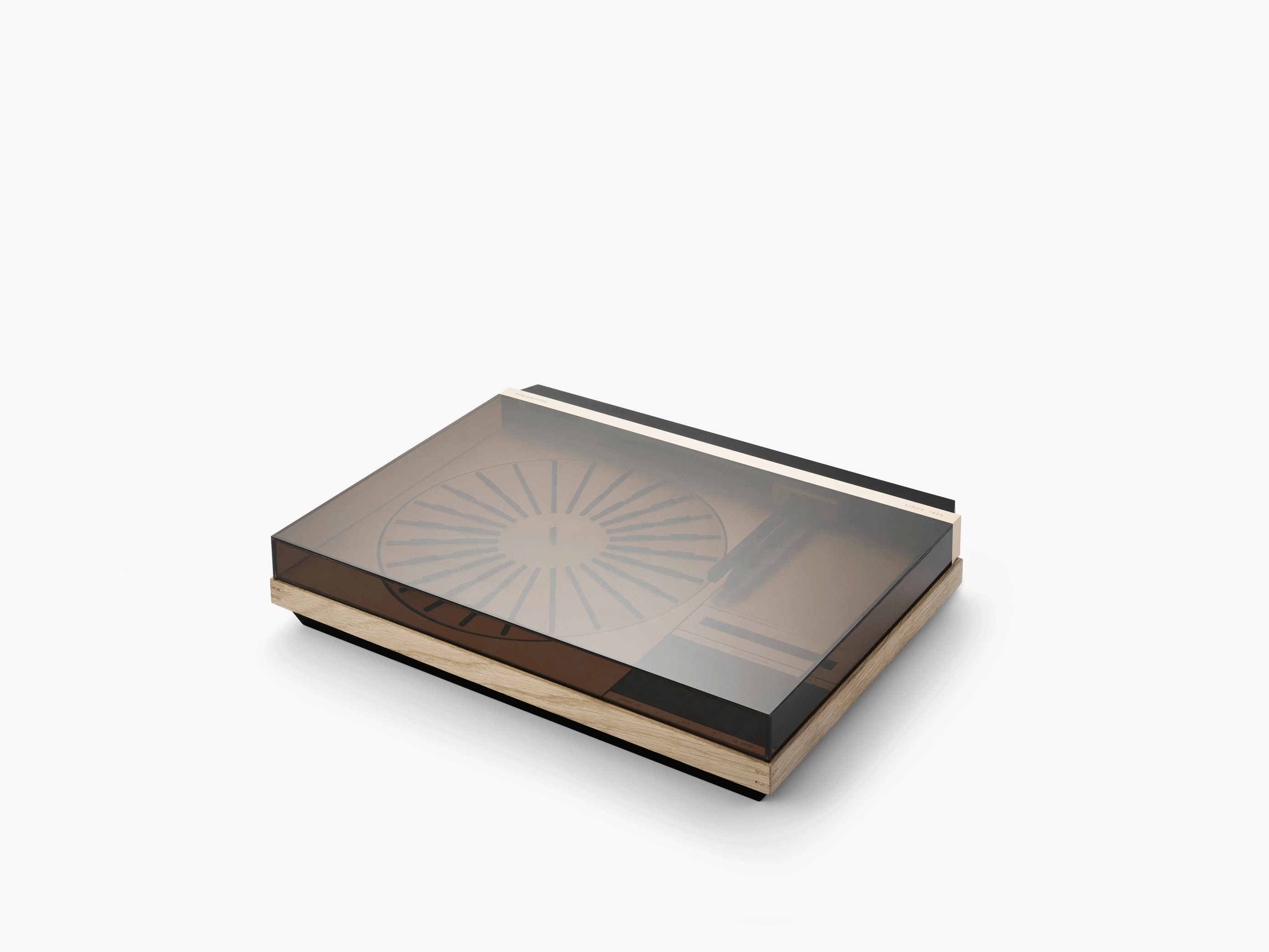
Bang & Olufsen has never shied away from the upper echelons of the audio market. Founded in 1925, the Danish brand is still best known for strong focus on design. From the 1960s onward, designers like Henning Moldenhawer and Henrik Sørig Thomsen helped shape a new identity for hi-fi design, emphasising geometric forms and simple control surfaces to conceal the complexity of the device within.
The two best-known exponents of B&O design are the late Jacob Jensen and David Lewis, and it was Jensen who shaped the BeoGram 4000, launched in 1972 and evolved over the years as the BeoGram 4002 and 4004. Inducted into MoMA’s permanent collection that same year, Jensen worked with B&O’s engineers to create a technically stunning machine in a sleek aluminium casing, with a then unique electronically controlled parallel pick-up arm. The BeoGram name stayed associated with vinyl until the company stopped making record players in the 1990s
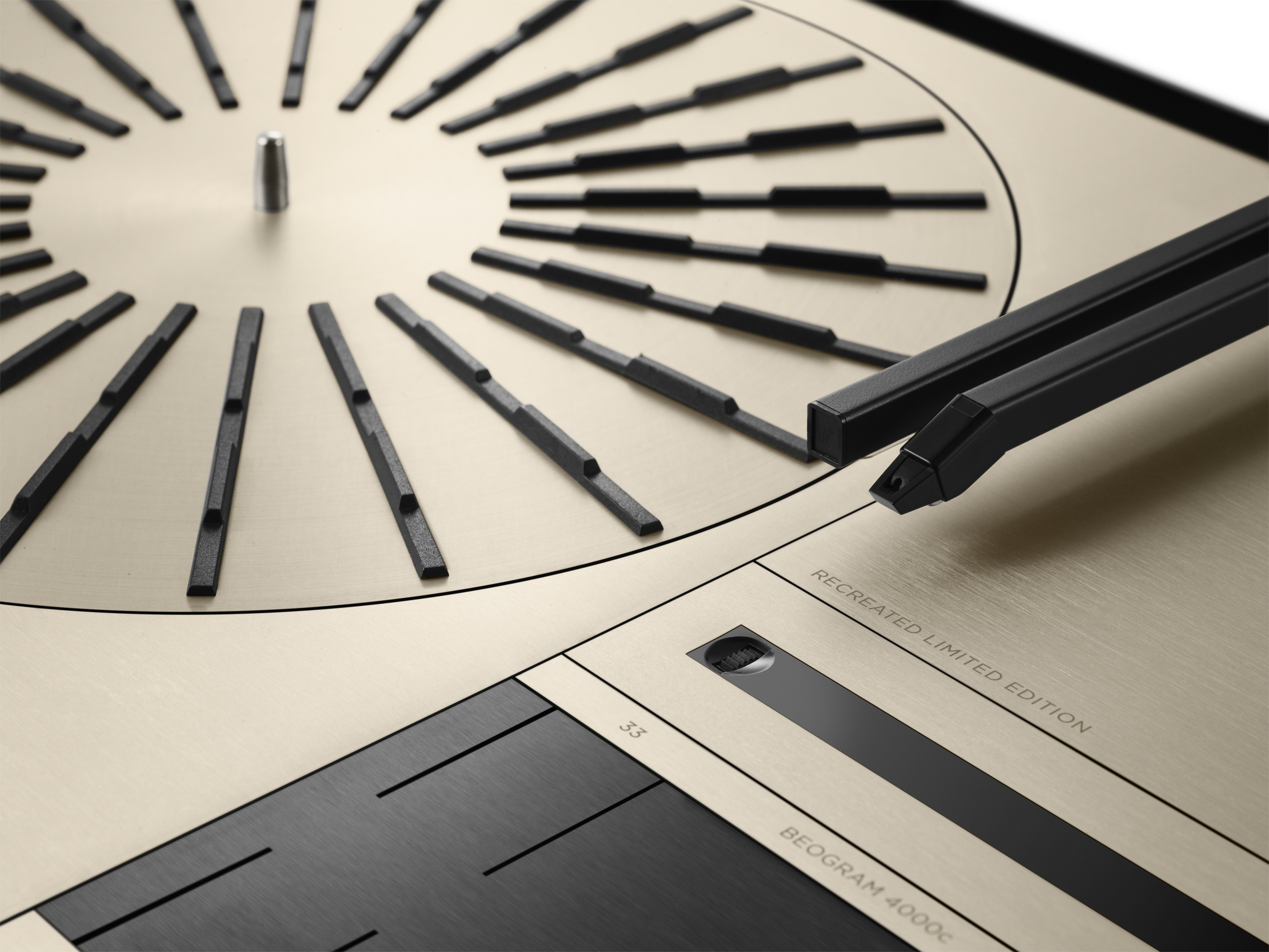
Now the 4000 is back in a limited edition of 95 units, lovingly restored, updated and enhanced at Bang & Olufsen’s Danish factory as part of the company’s new ‘Classics’ division. ‘Classics will help us tell the story of our 95 years of history — it’s feeding into a bigger agenda of how to design for longevity,’ says Mads Kogsgaard Hansen, Bang & Olufsen’s Global Product Manager, ‘this is a pilot project but it will involve more products down the road.’ Hansen is keen to stress that the company isn’t treading on the toes of the Bang & Olufsen’s community of enthusiasts, collectors and repairers. ‘We know that passionate individuals exist to help with our legacy services. We want to support that even more in the future,’ he says, ‘this is another layer on the top. It’s about upgrading our products to integrate them with modern technologies.’
'We wanted to go beyond nostalgia and create a product that lasts for a few more decades'
Over the past few years, the company has been buying up old BeoGrams, even receiving a donated unit from a 76-year old collector who personally dropped it off at the factory. Each unit is then stripped down and inspected, before undergoing its own bespoke service refurbishment plan. The core physical components — including the signature aluminium platter — are re-machined and refined and given a new coating, a warm golden champagne colour. The company’s craftspeople have also created a new light oak enclosure for the unit, tying it in aesthetically with B&O’s contemporary product line and setting the Classic BeoGrams apart from the originals. The acrylic dust cover is replaced, as is the pick-up cartridge.
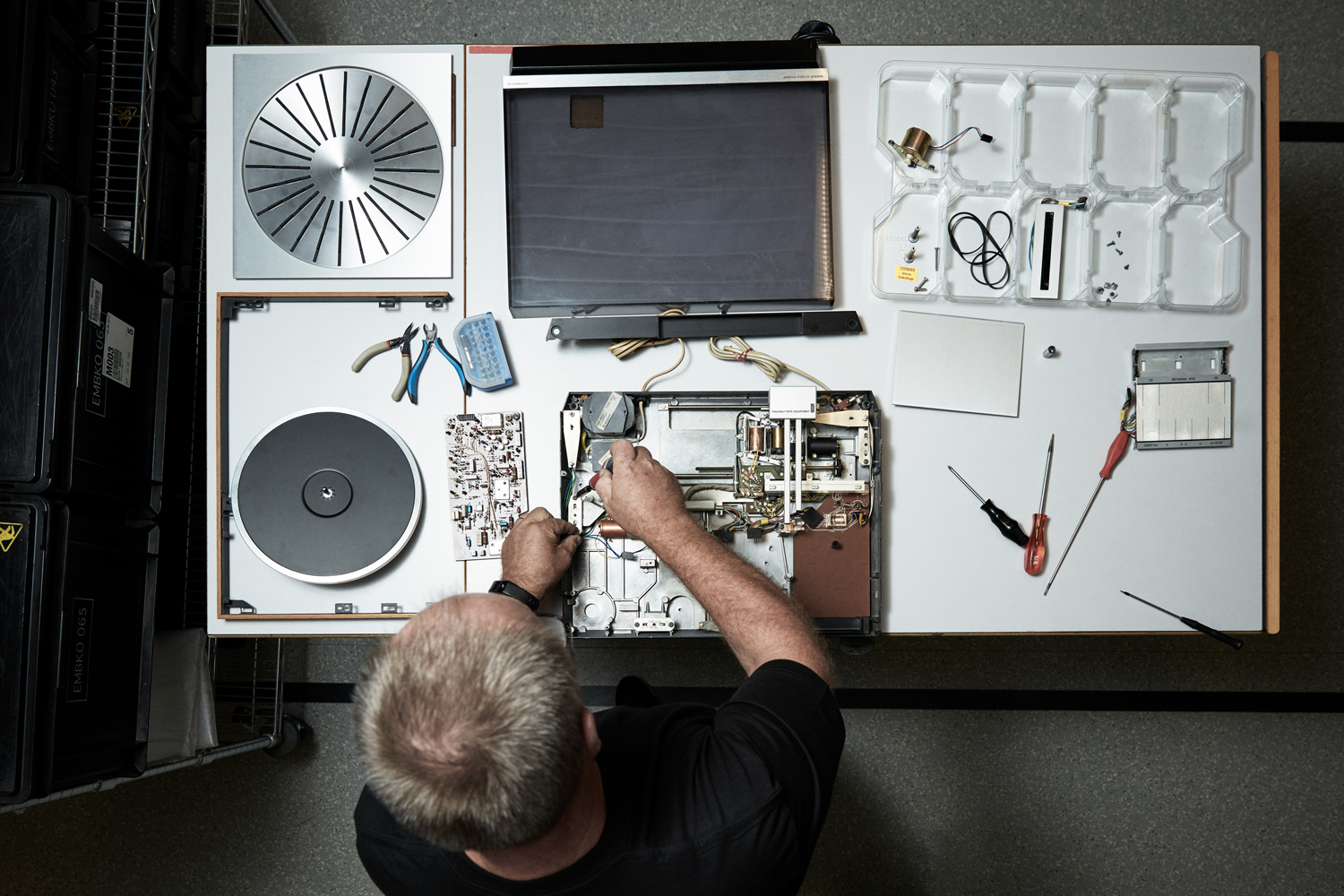
‘We wanted to go beyond nostalgia and create a product that lasts for a few more decades,’ says Hansen. New cabling and engraving are added to the case, while each of the 95 units comes in a numbered oak and aluminium presentation box containing a reproduction of the original manual and a design story. When the original 4002 model debuted in 1974, the engineers left space for a future power supply upgrade. The Classic 4000 makes the most of this foresight by fitting a new preamplifier into the gap, effectively allowing the turntable to be paired directly to B&O’s existing speakers systems without the need for any other components.
Vinyl is enjoying a resurgence. Last month it was reported that in the UK records had outsold CDs for the first time since the 1980s, although both are a drop in the ocean when compared to streaming statistics. Nevertheless, the materiality of physical formats goes hand in hand with the technology that plays them, and B&O’s svelte blend of modernism and audio fidelity has never lost its allure. ‘It was obvious to start with vinyl,’ says Hansen, ‘it’s a niche, maybe, but vinyl is still relevant. Ultimately, we see this as an opportunity. People are buying less but they are taking more care in selecting. They want things to last longer. The Classic program will help us exist in that space.’
INFORMATION
bang-olufsen.com
Wallpaper* Newsletter
Receive our daily digest of inspiration, escapism and design stories from around the world direct to your inbox.
Jonathan Bell has written for Wallpaper* magazine since 1999, covering everything from architecture and transport design to books, tech and graphic design. He is now the magazine’s Transport and Technology Editor. Jonathan has written and edited 15 books, including Concept Car Design, 21st Century House, and The New Modern House. He is also the host of Wallpaper’s first podcast.
-
 A Venice sneak peek into the new Fondation Cartier pour l’art contemporain by Jean Nouvel
A Venice sneak peek into the new Fondation Cartier pour l’art contemporain by Jean NouvelA new home for Fondation Cartier pour l’art contemporain by Jean Nouvel will open later this year in Paris; in the meantime, the Venice Architecture Biennale 2025 offered the perfect platform for a sneak preview of what's to come
-
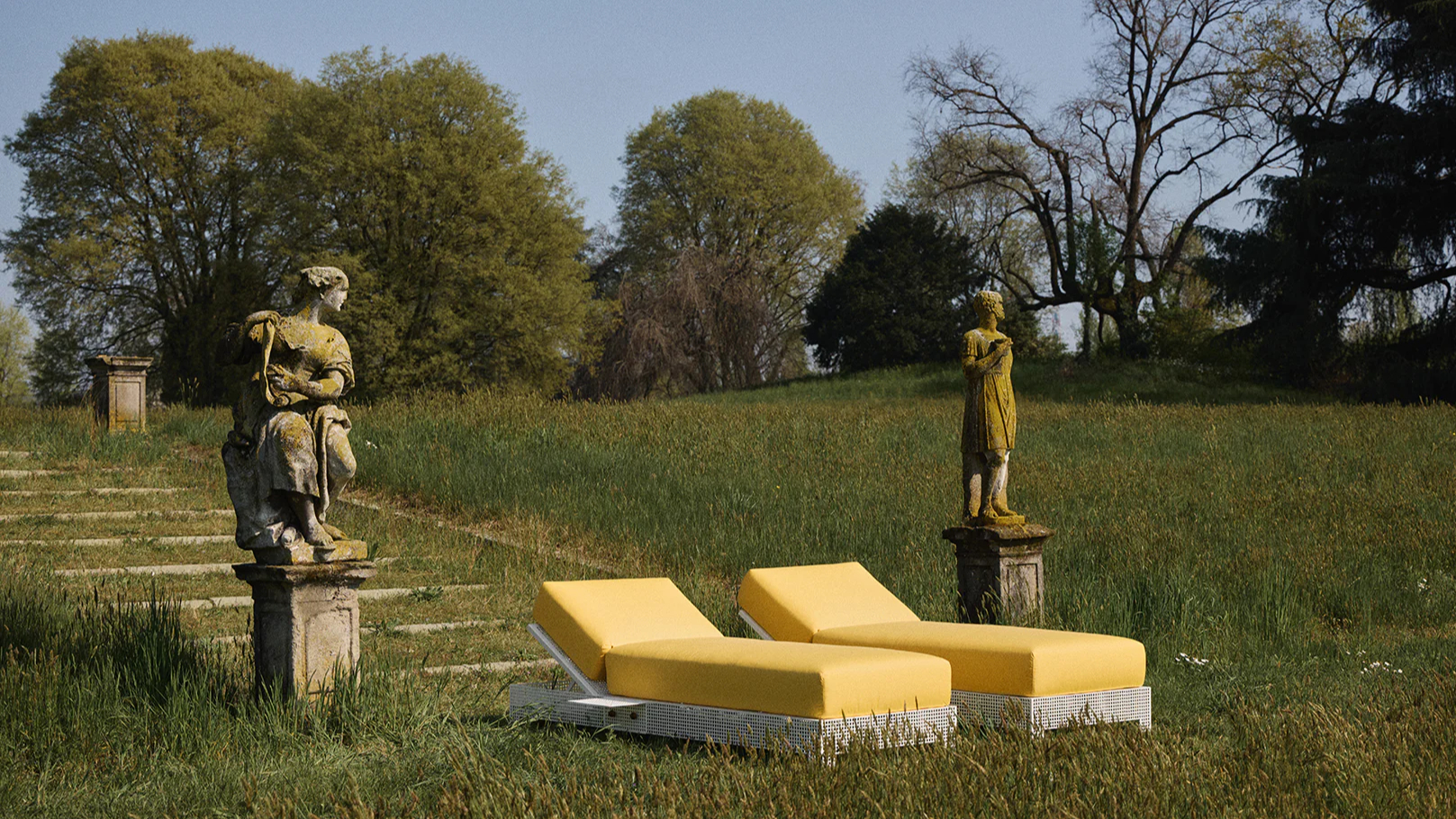 Let's go outside: ten outdoor furniture ranges we love
Let's go outside: ten outdoor furniture ranges we loveOur round-up of outdoor furniture brings together work by leading designers and studios, blending contemporary forms with enduring materials designed to elevate open-air living
-
 Viva Las Vegas: the story behind the Wallpaper* June 2025 cover shoot
Viva Las Vegas: the story behind the Wallpaper* June 2025 cover shootPhotographer Theresa Marx and Wallpaper* fashion and creative director Jason Hughes recount a whirlwind day in Las Vegas – from cruising down the strip to controlling the Bellagio fountains
-
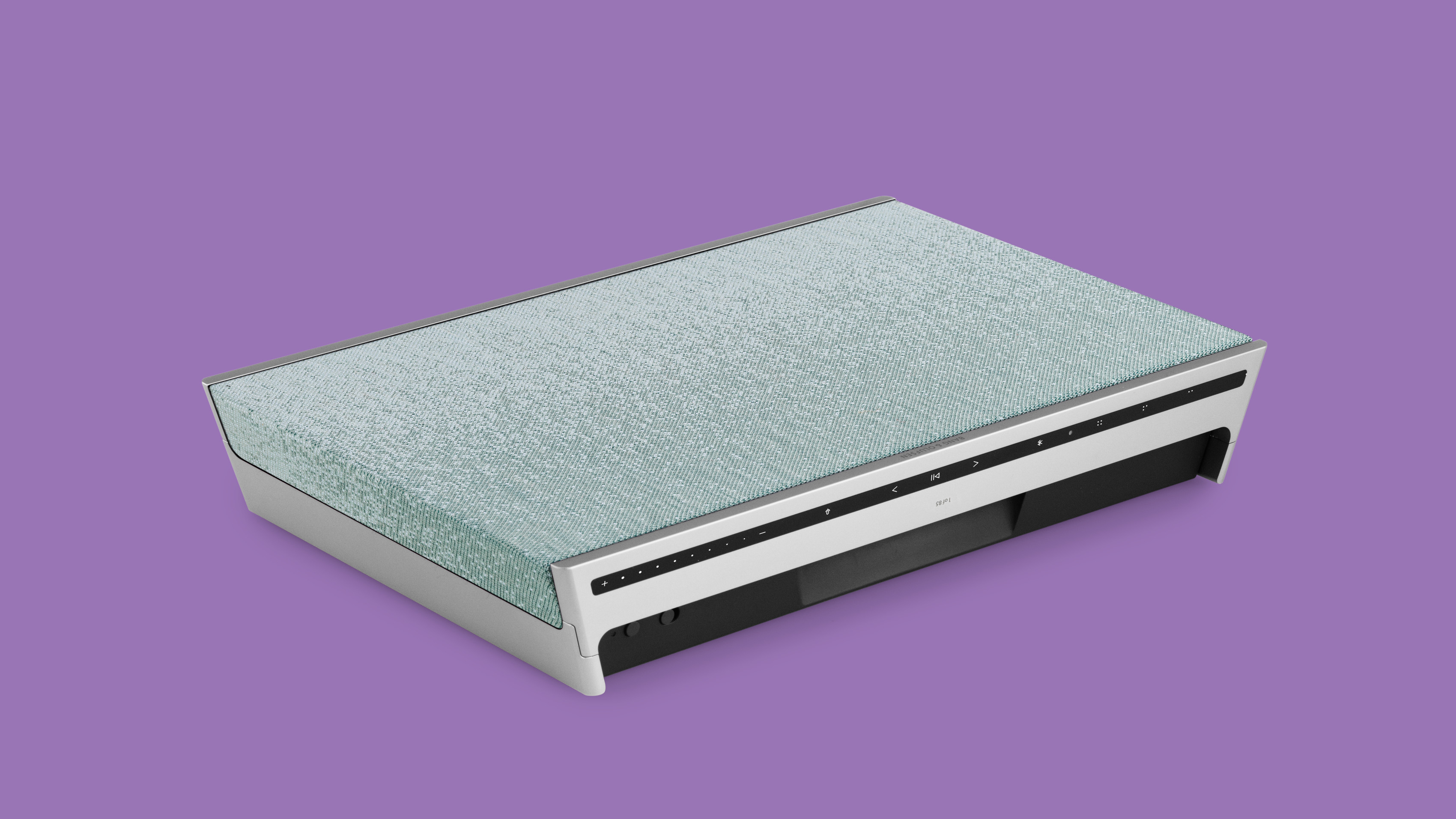 The latest Atelier Edition speaker from Bang & Olufsen extols the joys of spring
The latest Atelier Edition speaker from Bang & Olufsen extols the joys of springBang & Olufsen’s Beosound Level Frosted Green is serene, green and sonically impressive
-
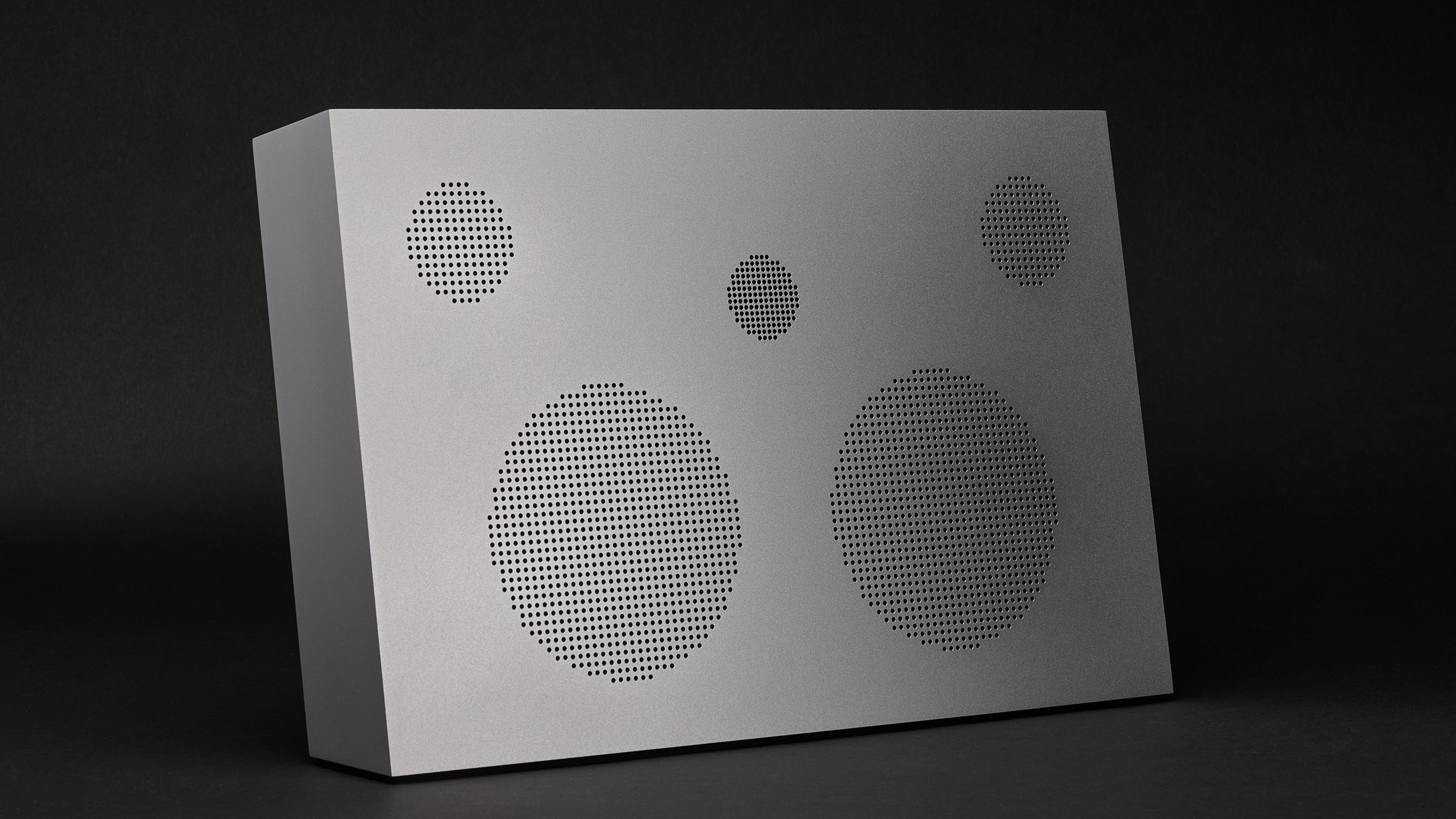 Year in review: top 10 audio acquisitions of 2024, as chosen by Wallpaper’s Jonathan Bell
Year in review: top 10 audio acquisitions of 2024, as chosen by Wallpaper’s Jonathan BellThe best audio technology of 2024, from pocketable earbuds to room-filling speakers
-
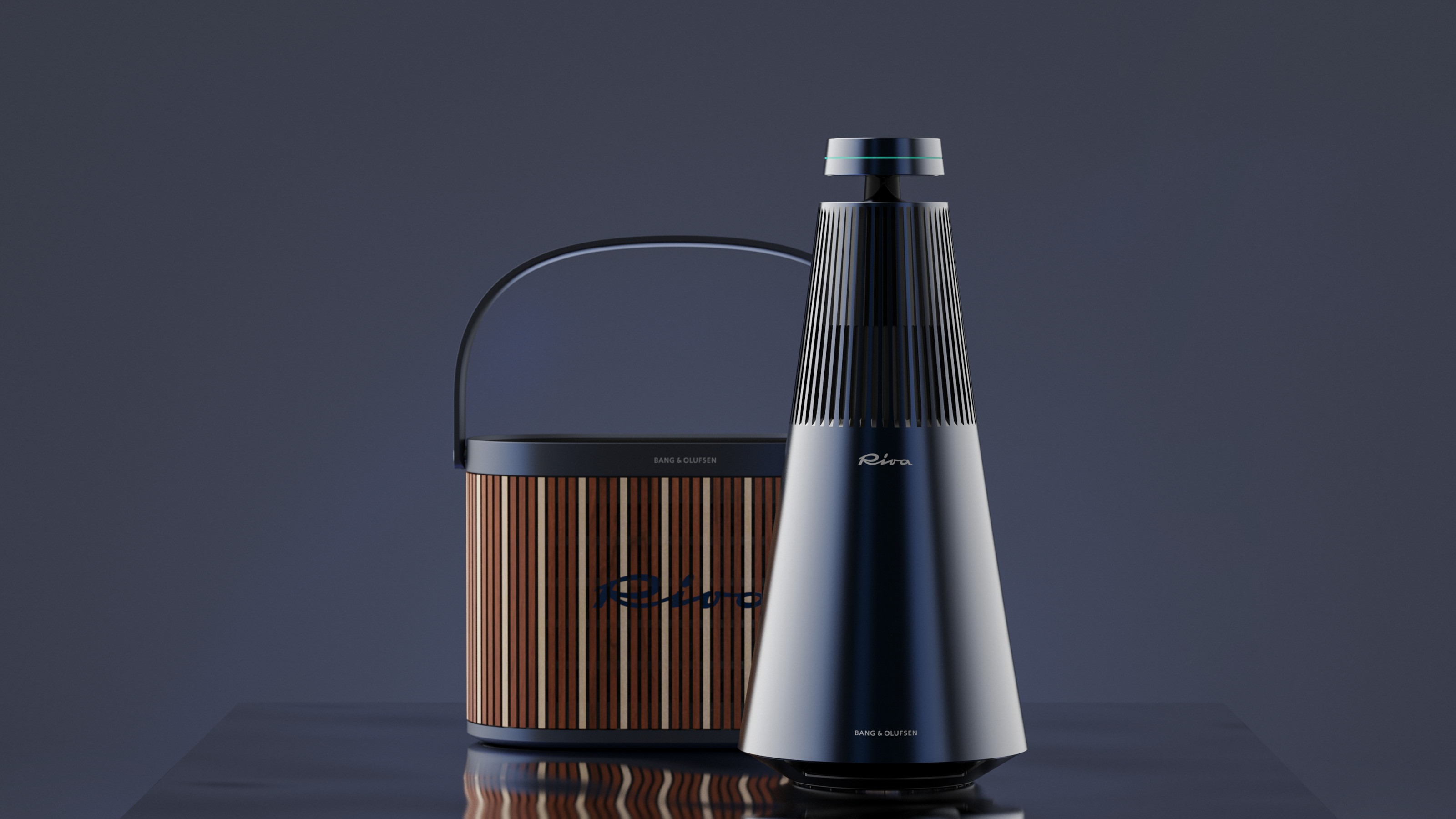 Tech Editor, Jonathan Bell, selects six new and notable Bluetooth speaker designs, big, small and illuminating
Tech Editor, Jonathan Bell, selects six new and notable Bluetooth speaker designs, big, small and illuminatingThese six wireless speakers signal new creative partnerships and innovative tech approaches in a variety of scales and styles
-
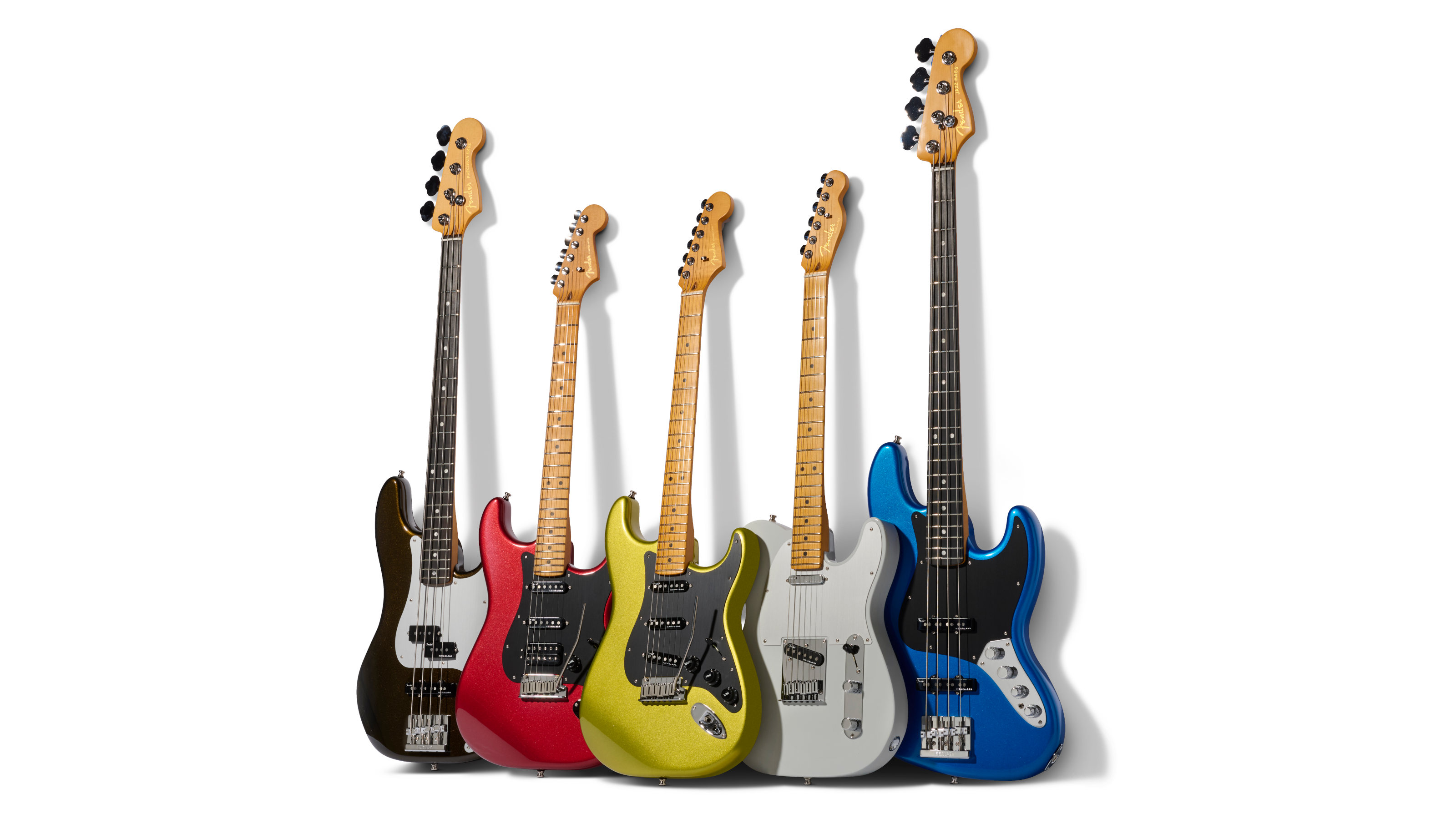 The Fender American Ultra II combine made-in-the-US quality with contemporary tech
The Fender American Ultra II combine made-in-the-US quality with contemporary techA deluge of new products from Fender shows the iconic guitar manufacturer still knows how to innovate and entice
-
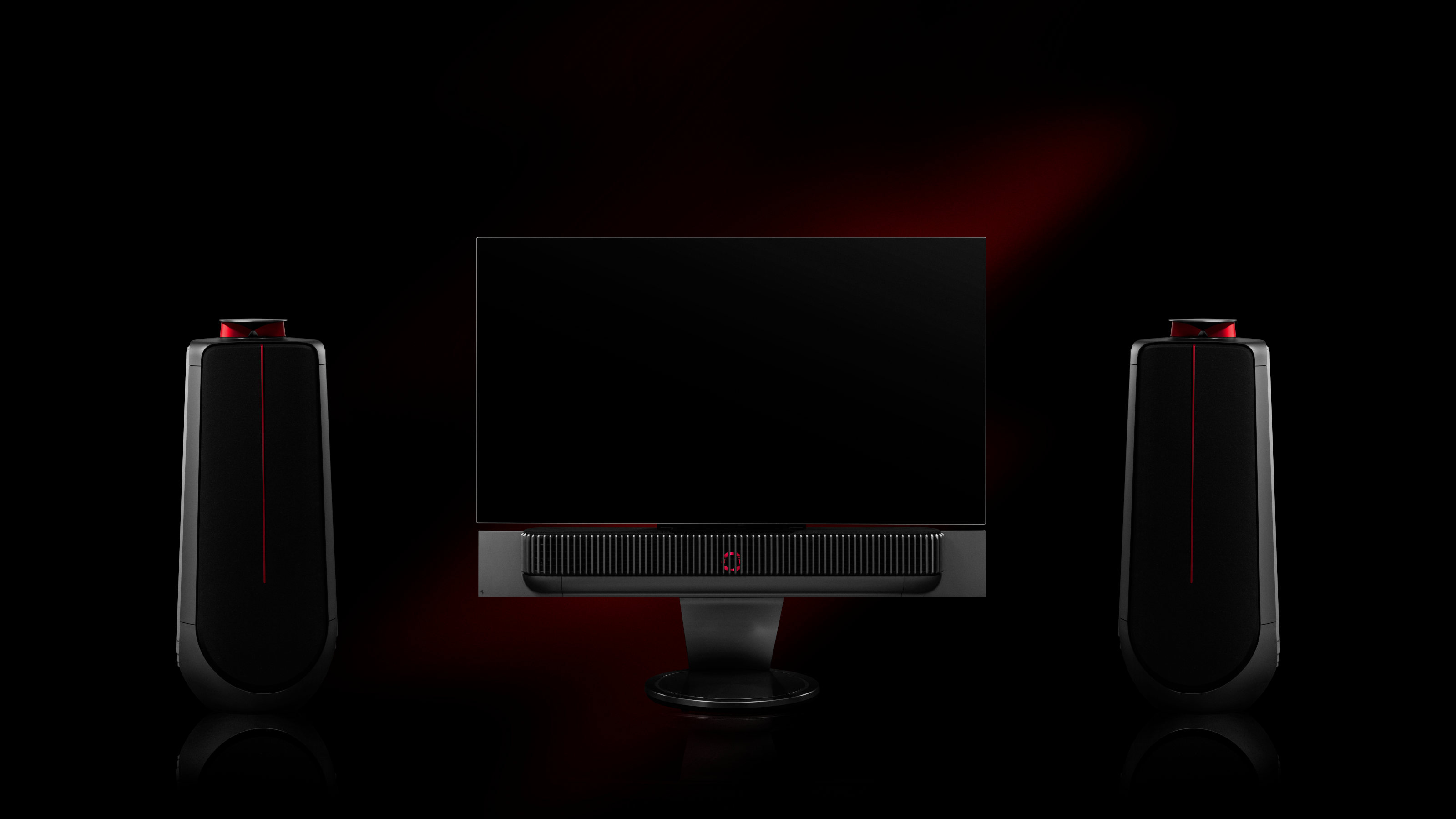 Bang & Olufsen brings the noise with its second audio-visual collaboration with Ferrari
Bang & Olufsen brings the noise with its second audio-visual collaboration with FerrariThe new Ferrari Edition collection of components from Bang & Olufsen includes speakers, a soundbar and a Beovision Theatre TV
-
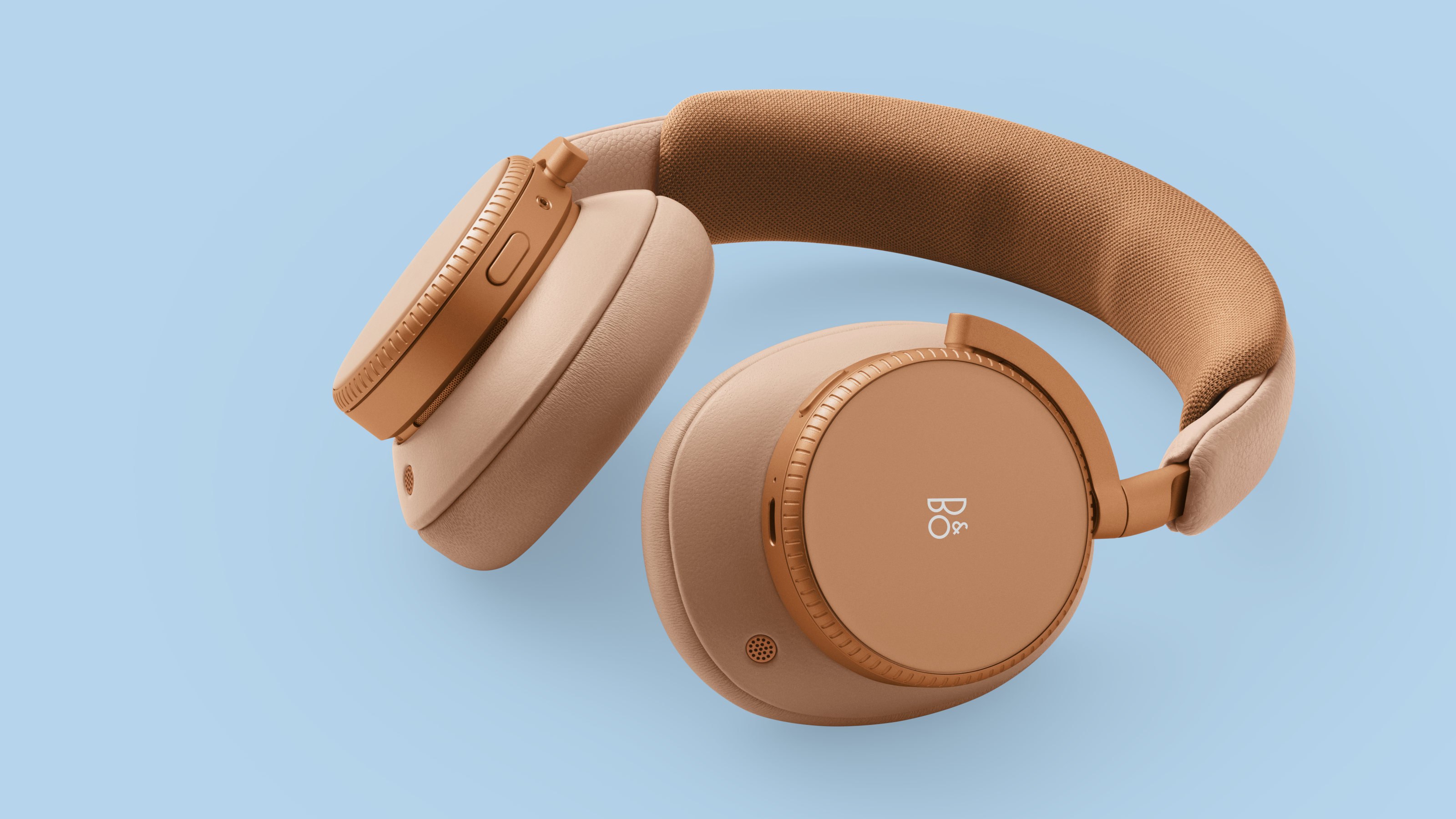 Lasting impressions: the latest Beoplay H100 headphones from B&O are for keeps
Lasting impressions: the latest Beoplay H100 headphones from B&O are for keepsBang & Olufsen’s head of design, Tiina Karjalainen Kierysch, talks us through the new Bang & Olufsen Beoplay H100, headphones designed to last a lifetime
-
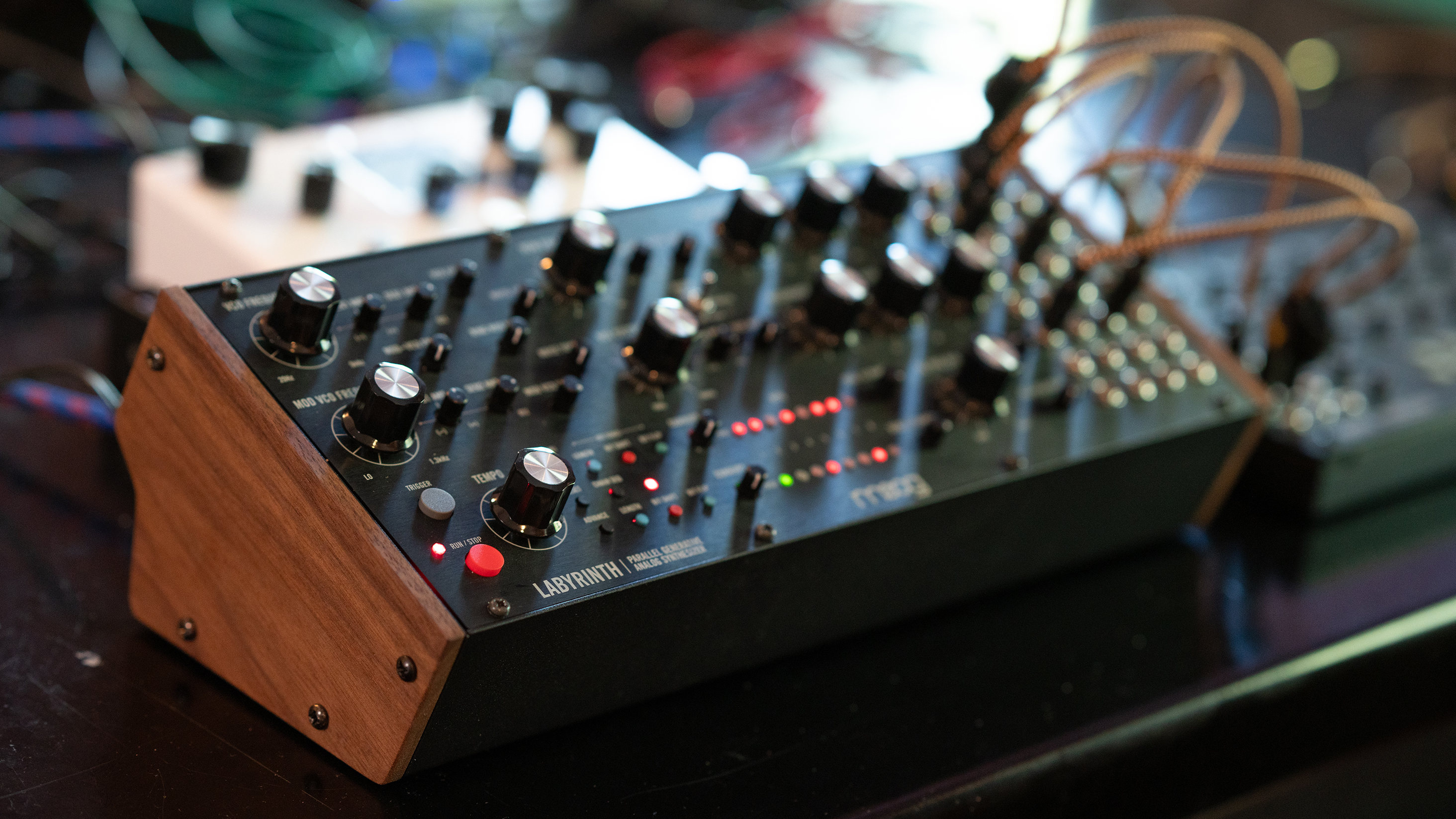 Moog’s mood-altering Labyrinth and five more new synthesizers and sound tools
Moog’s mood-altering Labyrinth and five more new synthesizers and sound toolsExplore soundscapes and ambient realms with these new synthesizers and other desktop composition tools for shaping all forms of audio
-
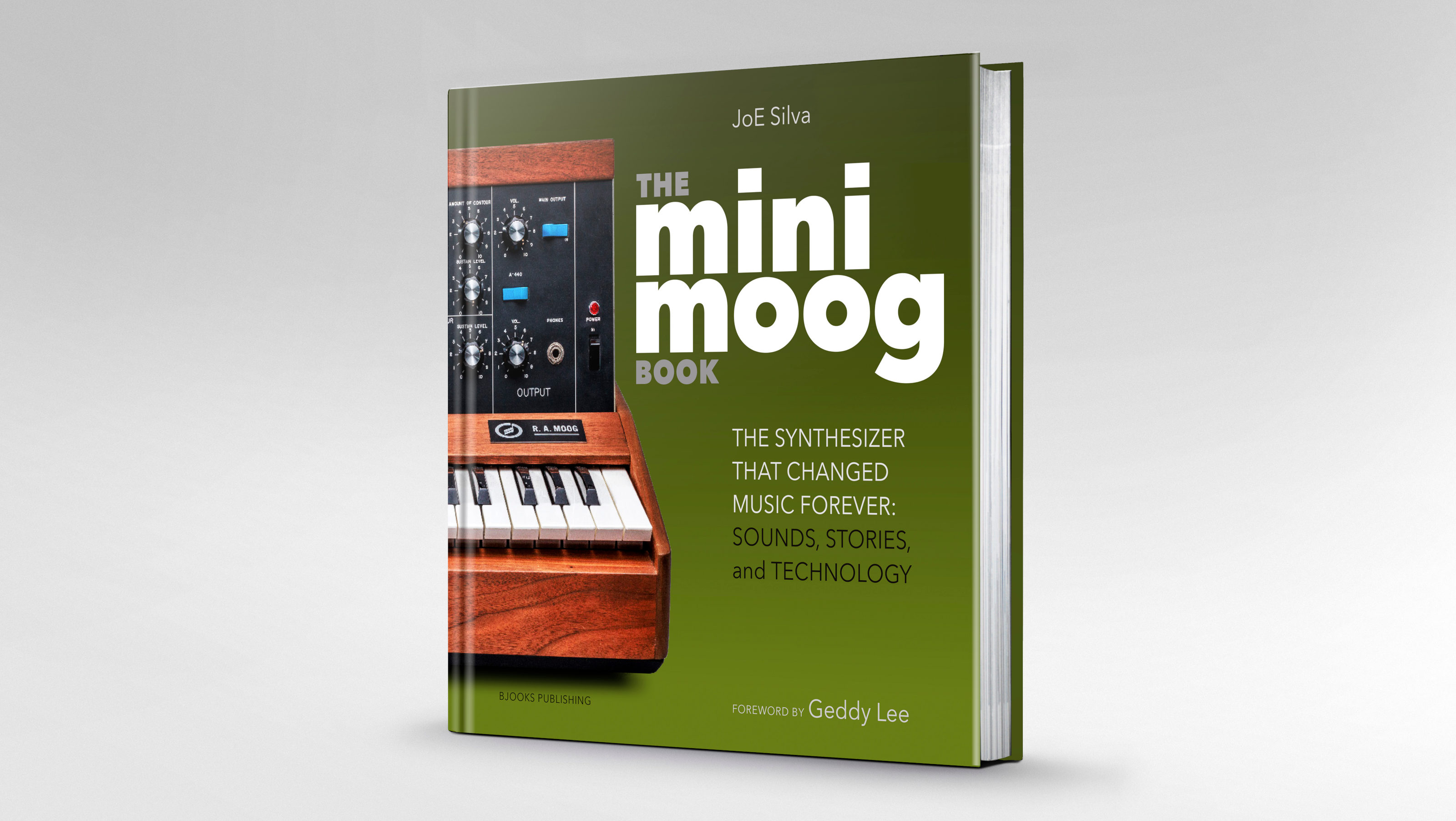 From Tangerine Dream to cult PlayStation hits, eight books chronicling the art of noise and play
From Tangerine Dream to cult PlayStation hits, eight books chronicling the art of noise and playWe explore eight titles that get under the skin of music history, technological evolution and the art and experience of digital culture